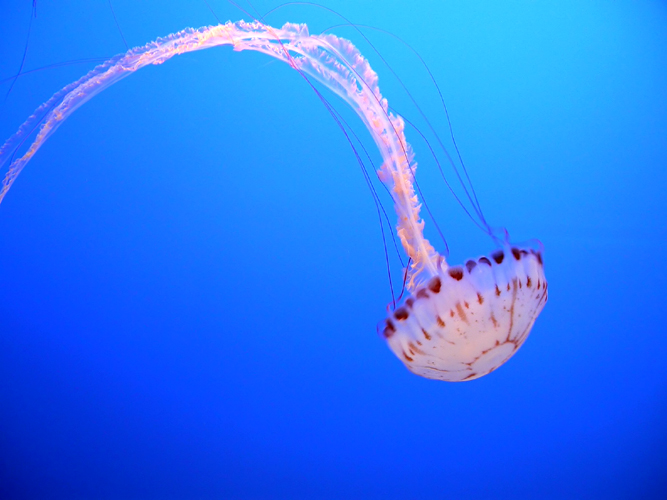We are often told that American students aren’t excelling at science and math. What we never hear is that some school systems are in fact doing an excellent job in education our future generations. Massachusetts happens to be on state that excels. The new results from the Trends in Mathematics & Science Study, or TIMSS, reveal that Massachusetts students score highly in math and science. Only Singapore scored higher than Massachusetts in Science. And five countries scored higher than Massachusetts in math. The state performance was higher than any other in the U.S. It should be noted that not all countries participate this assesment. See the excerpt from WBUR for links to the test results:
Massachusetts eighth-graders are among the smartest in the world when it comes to math and science, according to a new study of academic performance.
The state’s eighth-graders ranked second in science and sixth in math, respectively, in theTrends in International Mathematics and Science Study (TIMSS). More than half a million students from 63 countries participated in the test.
Only Singapore outscored the state’s eighth-graders on the science (PDF) part of the exam.
In the math section (PDF), Massachusetts students were outscored by test-takers from South Korea, Singapore, Chinese Taipei (Taiwan), Hong Kong and Japan.


